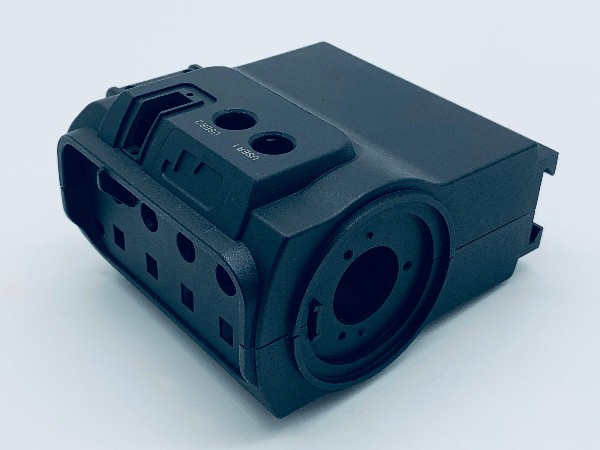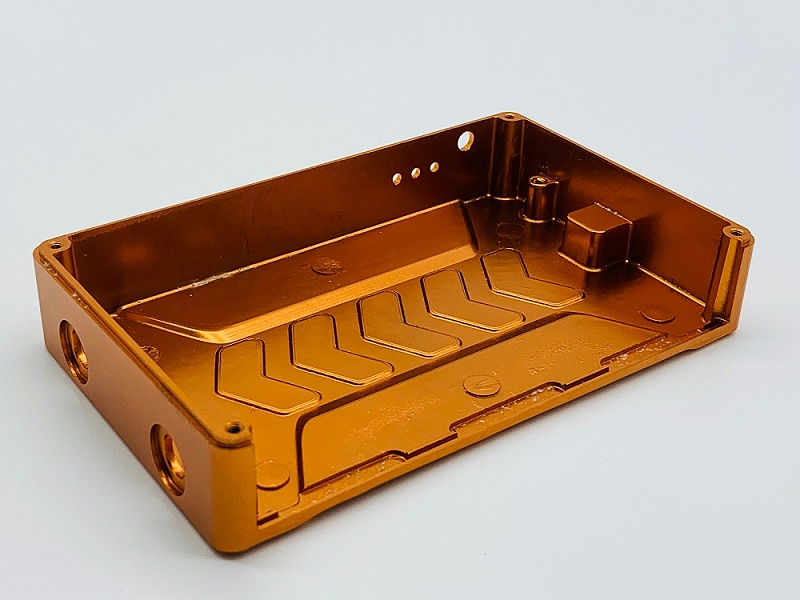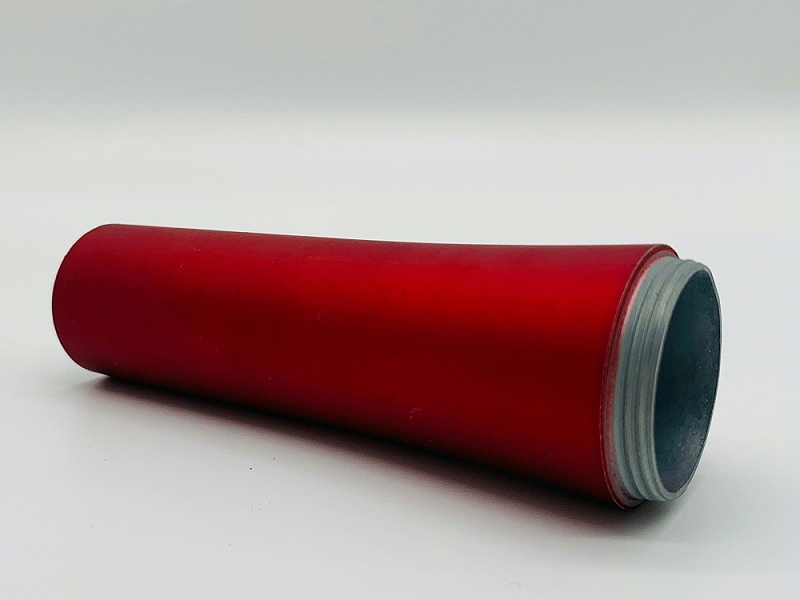Pressure casting, in foundry industry because of its rapid development has become a booming industry department and the important market, the growing demand for high quality die casting, prompted the die casting industry in high-performance equipment, advanced technology method, the performance of die casting alloy improve, the progress of mould manufacturing technology, and other fields have a significant difference, but compared with advanced foreign technology, die casting, Overall gap is still not small, so technological innovation has become a driving force for the development of die casting industry.
To improve the quality of die casting parts, to meet the needs of domestic and foreign markets, and to continuously explore the factors that cause the development of die casting technology lagging behind the development of production has become a common concern of the current die casting industry. This paper discusses the influence of die casting temperature control on the quality of die casting parts.

First, the influence of mold temperature control on the quality of die casting
1.1 Function of mold temperature control
(1) The mode temperature control has an important influence on the temperature, fluidity, filling time, filling flow state of alloy liquid flow, cooling rate, crystallization state and sequence of alloy liquid, shrinkage stress, etc.
(2) The die temperature is too high, and the die casting parts are easy to shrink and form depressions or surface bubbles; The mold temperature is too low, the surface of the casting is condensed, and the casting surface defects are broken by the high-speed liquid flow, and the casting shrinkage stress will increase and crack will occur.
(3) Mold temperature control plays a significant role in prolonging mold life and improving production efficiency. If the mold temperature gradient changes too much, the stress state and frequent stress change will lead to premature cracking and deformation of the mold.
(4) Die temperature control has influence on die casting and dimensional accuracy. The mold temperature is controlled within a certain range, the shrinkage of the casting is relatively stable, and the casting can obtain good dimensional accuracy, surface quality and mechanical properties.

1.2 Main factors affecting mold temperature
(1) the pouring temperature, pouring amount, heat capacity, mold volume and casting structure and thermal conductivity of the alloy liquid.
(2) Design and layout of mold pouring system and overflow groove, as well as the degree of adjustment of heat balance state.
(3) Die casting cycle time and pressure holding time, the continuity of production rhythm, the faster the frequency, the higher the mold temperature.
(4) Mould lubrication and heating and cooling mode and medium.

1.3 Influence of die temperature on properties of die castings
(1) Influence on mechanical properties: Raise the mold temperature, can improve the filling condition, improved the mechanical properties of castings, but the mold temperature is too high, can make the alloy liquid cooling speed is reduced, the casting fine granular layer decreases, coarse grains, strength will be decreased, when the mold temperature exceeds 250 ℃, the intensity will drop, for elongation, die temperature is less than 5 l 0 ℃ its value will gradually reduced.
For die cast magnesium alloy AM50, when the pouring temperature is 680℃, injection speed is 3.5 m/s, and the mold temperature is greater than 180℃, all mechanical properties begin to decline. Too high mold temperature not only directly affects the cooling capacity of the cavity, mechanical properties are reduced, but also makes the casting stick and demould difficult. If the mold temperature is too low, it will make the cooling speed too fast, resulting in the formation of cold layer on the surface of the die casting, the surface organization is fine crystal area, high hardness, strength and elongation are reduced, this is mainly due to the die casting in the solidification period, due to the rapid solidification of the surface, so that the alloy liquid can not be supplemented caused by micro shrinkage and porosity.
(2) The impact on dimensional accuracy: the same grade of alloy in the same mold on the pressure of the casting, on-site measurement, its dimensional accuracy is not exactly the same, this is due to the influence of die casting process parameters, the most important factor is the mold temperature. The test proves that the mold temperature is high, especially after continuous die-casting for a period of time, the mold temperature rises, the die-casting size is large, the shrinkage rate is small, on the contrary, the mold temperature is low, the die-casting size is small, the shrinkage rate is large.
The high or low temperature of the mould makes the balance of the mould temperature field unable to form, thus causing the change of shrinkage rate, which is the main reason for the size fluctuation of the casting. Therefore, to ensure the dimensional accuracy of the die casting and the inner quality of the casting, the calculation of heat balance must be brought into the category of die design.
